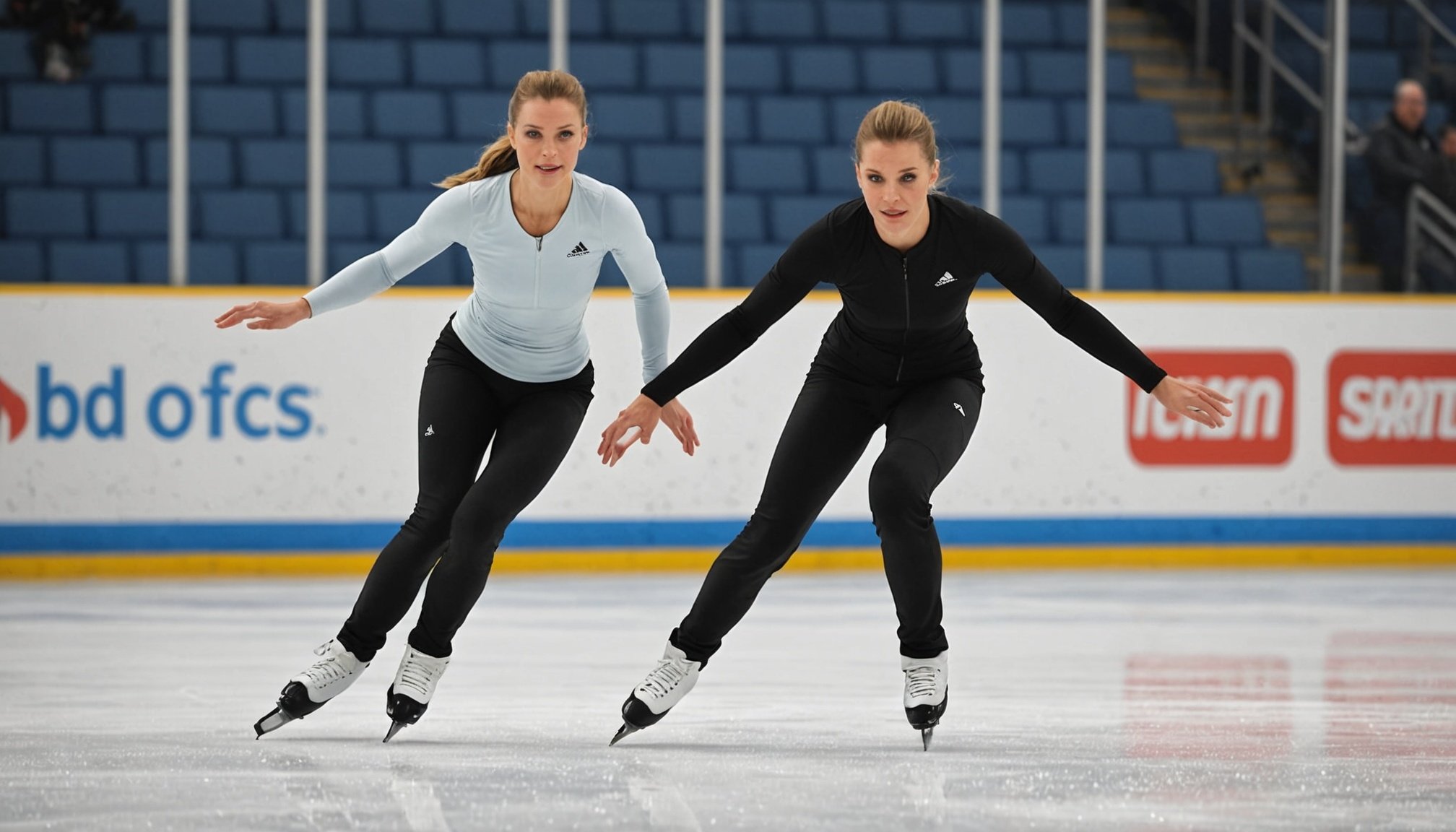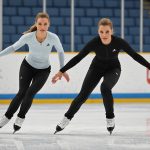Understanding the Importance of Strength Training for Spins
Strength training is a crucial component for those looking to enhance spinning performance in ice skating. For an ice skater, spinning isn’t just a trick; it’s a display of control, balance, and agility that can be significantly improved through targeted strength workouts. By focusing on specific muscle groups, skaters can expect superior control during spins, which directly translates to enhanced performance on the ice.
The benefits of strength training extend beyond just power. It involves engaging core muscles, the legs, and the back, all of which are instrumental for a sustained spin. The core muscles deliver stability, ensuring that skaters maintain an upright position without wobbling. Strong legs are essential for generating the initial force needed to commence the spin, while a robust back supports posture and prevents injuries.
Also to see : Top Strategies to Enhance Balance for Elite Surfers: Unlock Your Surfing Potential
Moreover, integrating strength exercises into training reduces the risk of injuries by fortifying the muscle-structure skaters rely on. Thus, strength training for ice skating not only boosts spinning performance but also supports overall health and longevity in the sport. Embracing a disciplined strength training regimen empowers skaters to push their boundaries and refine their skills with confidence.
Key Strength Training Exercises for Improving Spins
Developing control and power in spins is essential for skaters. A strategic regimen that focuses on core exercises and leg strength training enhances performance and boosts confidence.
Have you seen this : Elevate your cricket game: unleashing ultimate fielding agility with expert strategies
Core Stabilization Exercises
Enhancing core strength is vital. Plank variations, such as side planks and weighted planks, are excellent for fostering core stability. They engage multiple muscle groups, enhancing the skater’s ability to maintain balance. Russian twists, by contrast, focus on improving rotational control, a crucial element for clean spins. Incorporating medicine ball exercises, like medicine ball throws, further enhances core strength and stability, which translates directly to more precise spins on the ice.
Lower Body Strength Exercises
Lower body strength is a cornerstone of powerful spins. Squats significantly impact leg power, providing the necessary push and strength required for sustained spins. Adding lunges into the routine enhances balance and coordination—aiding transitions in and out of spins by stabilising the body. Meanwhile, deadlifts concentrate on bolstering posterior chain strength, instrumental in achieving and maintaining the momentum of spins.
Flexibility and Mobility Drills
Optimal flexibility is key to executing impressive spins. Stretching routines expand the range of motion, making the body more adaptable to various spinning techniques. Dynamic warm-up exercises support the agility needed for quick feet adjustments during spins. Complementing these with foam rolling techniques promotes muscle recovery, ensuring skaters stay at peak performance.
Integrating Strength Training into Skating Practice
Incorporating strength training into your skating practice routine can elevate your performance significantly. To seamlessly blend strength training with your on-ice sessions, consider scheduling workouts on alternate days, ensuring your body can adapt without overwhelming stress.
Aim for two to three strength training sessions per week. Each session should last between 30 to 45 minutes, focusing on exercises that enhance core stability, leg strength, and overall endurance. This will not only boost power and agility on the ice but also reduce injury risks.
It’s essential to prioritize recovery in your training schedule for skaters. Rest days are crucial, allowing muscles to repair and grow stronger. Skaters should incorporate at least one full rest day per week, ideally following a particularly intense session. Active recovery, such as light stretching or yoga, can complement these rest days, optimizing recovery without stalling progress.
By following these guidelines, skaters can develop a balanced routine that supports on-ice excellence and overall athletic development. Embracing this integrated approach ensures sustained improvement and long-term success in skating practice.
Success Stories: Ice Skaters Who Benefitted from Strength Training
Ice skating success stories often highlight the transformative impact of strength training on athletes’ careers. Many professional skaters attribute their improved spins and technical performances to dedicated regimens tailored to their needs. Testimonials from elite athletes underscore the effectiveness of targeted exercises in enhancing core stability and balance, essential elements for executing complex spins.
For instance, professional skater Maria Sanchez shared her journey of incorporating strength training into her routine. Through targeted exercises focusing on her core and lower body, she reports significant improvement in her spin speed and balance. Her personal testimonial on strength training highlights the crucial role it plays in sharpening technique and increasing confidence on the ice.
Furthermore, case studies of successful skaters universally recommend incorporating strength conditioning into their training strategies. These studies demonstrate how personalized regimens boost endurance, prevent injury, and fine-tune muscle control, all pivotal for competing at high levels.
Training programs crafted by experienced coaches involve exercises targeting key muscle groups used in figure skating. This strategic focus allows skaters to refine movements essential for advanced techniques, leading many to reach new heights in their careers and inspiring upcoming athletes to integrate strength training into their routines.
Expert Insights and Coaching Tips
Gaining insights from ice skating coaches can revolutionize how skaters approach training. Professional advice emphasizes the role of strength training in perfecting spins. As illustrated by recognized coaches, a robust strength training regimen not only enhances spin duration but also boosts control and precision. Skaters should aim to develop core strength, as this foundation supports balance and fluidity on the ice.
Coaching methodologies suggest setting achievable, incremental goals to ensure progress in strength training. For instance, focusing on specific muscle groups over a few weeks can result in noticeable improvements. By avoiding goals that are too ambitious, skaters can maintain motivation and celebrate each success, however small.
Coaches recommend several resources to aid in learning and development:
- Instructional videos targeting specific techniques.
- Workshops conducted by experienced coaches.
- Online courses that offer structured training plans.
These resources are designed to provide skaters with both theoretical knowledge and practical exercises. By leveraging the knowledge and support of professional coaches, skaters can elevate their performance, ensuring each session on the ice is productive and goal-oriented. Using these insights ensures skaters remain focused and inspired throughout their training journey.











